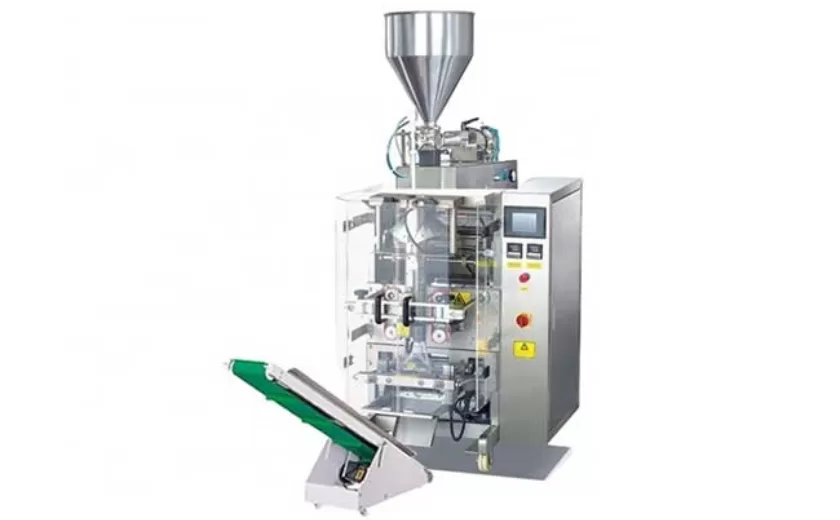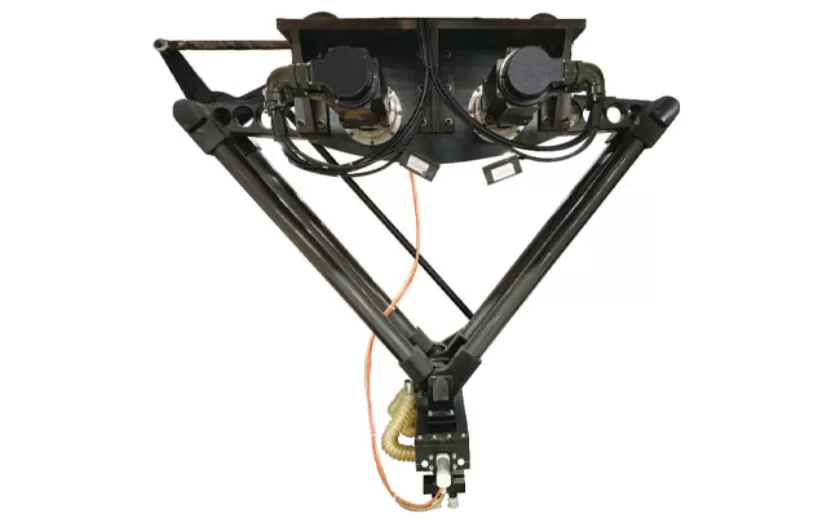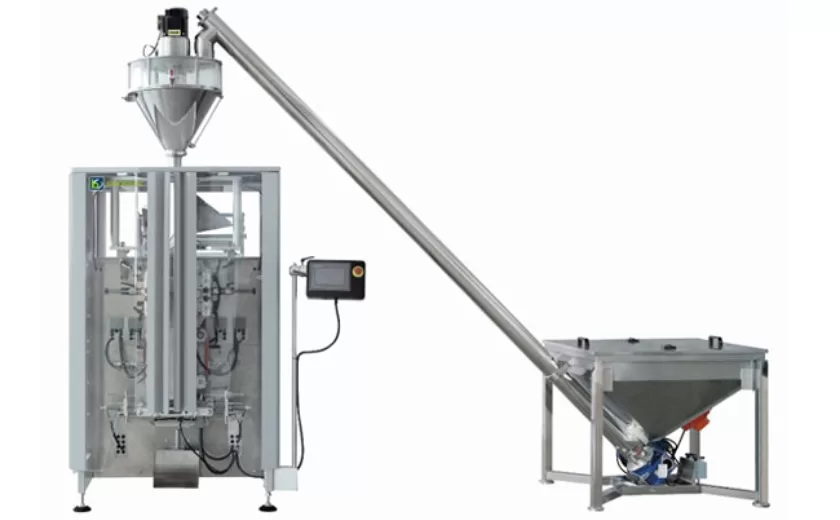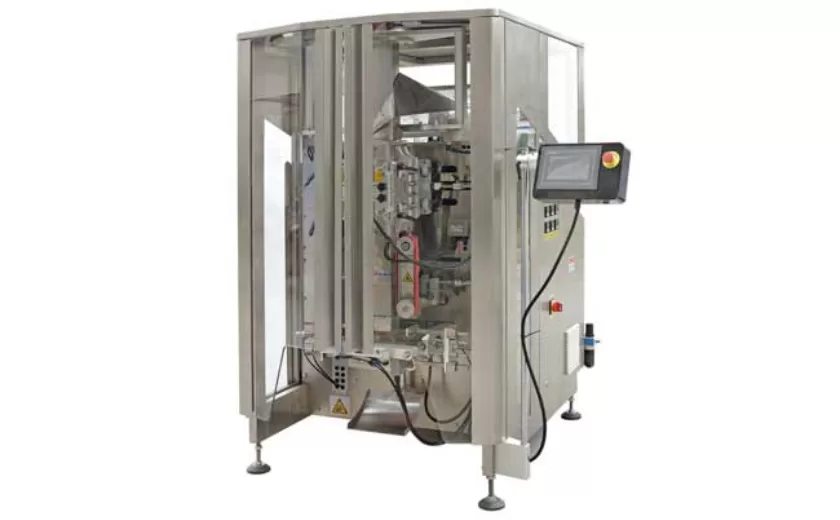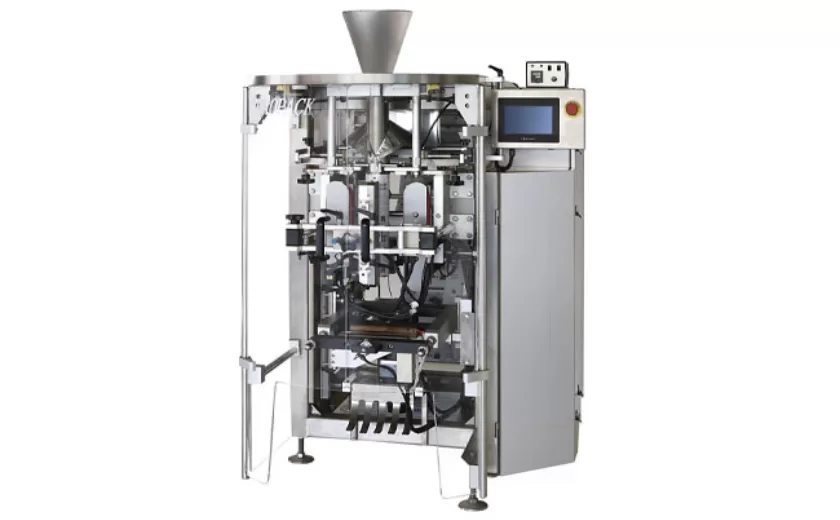A Comprehensive Guide to Operating Milk Pouch Packing Machines
In the dairy industry, milk pouch packing machines play a crucial role in packaging milk and ensuring its freshness. To ensure efficient and safe operation, understanding the comprehensive guide to operating these machines is paramount. This guide provides invaluable insights into the intricate workings of milk pouch packing machines, empowering operators to handle them with precision and optimize their performance.
Machine Components
The milk pouch packing machine comprises various essential components that work in unison to achieve efficient packaging. It includes a conveyor system that transports empty pouches, a pouch forming device that shapes them, and a filling system that accurately dispenses the milk. Sealing and cutting mechanisms ensure airtight seals and precise pouch separation.
Operating Procedures
1.
Pre-Operation Checks
Before commencing operation, it is crucial to conduct thorough pre-operation checks. This includes verifying the cleanliness of all machine components, checking for any loose connections, and ensuring that the machine is well-lubricated.
2.
Loading Empty Pouches
Properly loading empty pouches is essential for smooth machine operation. Pouches should be carefully placed on the conveyor system, ensuring they are aligned correctly and free of any creases or tears.
3.
Milk Dispensing
The filling system accurately dispenses the required amount of milk into each pouch. Operators should set the appropriate filling volume and monitor the process to ensure accurate and consistent filling.
4.
Sealing and Cutting
Once filled, the pouches are sealed using heat or adhesive. The sealing process must be precise to prevent leaks and contamination. The cutting mechanism separates the pouches cleanly, ensuring a professional and hygienic finish.
5.
Post-Operation Procedures
Upon completion of the packaging process, the machine should be thoroughly cleaned and sanitized. This includes removing any milk residue, disinfecting all surfaces, and replenishing lubricants as necessary. Regular cleaning and maintenance enhance machine longevity and hygiene.
Troubleshooting Common Issues
1.
Pouch Leakage
Leaking pouches can result from improper sealing or damage to the pouch material. Operators should check the sealing mechanism and ensure the pouches are not torn or punctured.
2.
Inconsistent Filling
Inconsistent filling can be caused by faulty sensors or irregular milk flow. Operators should calibrate the filling system and inspect the milk supply for any abnormalities.
3.
Machine Blockages
Blockages can occur due to milk residue or foreign objects. Operators should promptly clear blockages to prevent further damage to the machine.
Safety Precautions
1.
Proper PPE
Operators must wear appropriate personal protective equipment (PPE), including gloves, safety glasses, and ear protection.
2.
Electrical Safety
Always ensure proper grounding and electrical connections. Conduct regular checks for any loose wires or exposed components.
3.
Hygiene
Maintain a clean and sanitized work area to prevent the introduction of contaminants into the milk pouches.
-
Advanced Packing Solutions: Snacks, Sugar, and Frozen Food Machines
29-10-2025 -
Efficient and Reliable Solutions for Salt, Nuts, and Frozen Dumplings Packing
29-10-2025 -
High-Performance Biscuits, Lollipop, and Ketchup Packing Machines for Modern Food Production
29-10-2025 -
Efficient Liquid Filling and Packing Machines for Modern Production
23-10-2025 -
Reliable Granule Packaging Machines for Efficient Production
23-10-2025 -
Efficient Auger Powder Filling Machines for Accurate Packaging
23-10-2025 -
High-Performance Liquid Filling and Packing Machines for Hygienic Production
10-10-2025 -
High-Efficiency Granule Packaging Machines for Precision and Speed
10-10-2025 -
High-Precision Auger Type Powder Filling Machines for Efficient Packaging
10-10-2025 -
Efficient Vertical Form Fill Seal Packaging Machines for Smart Production
10-10-2025





